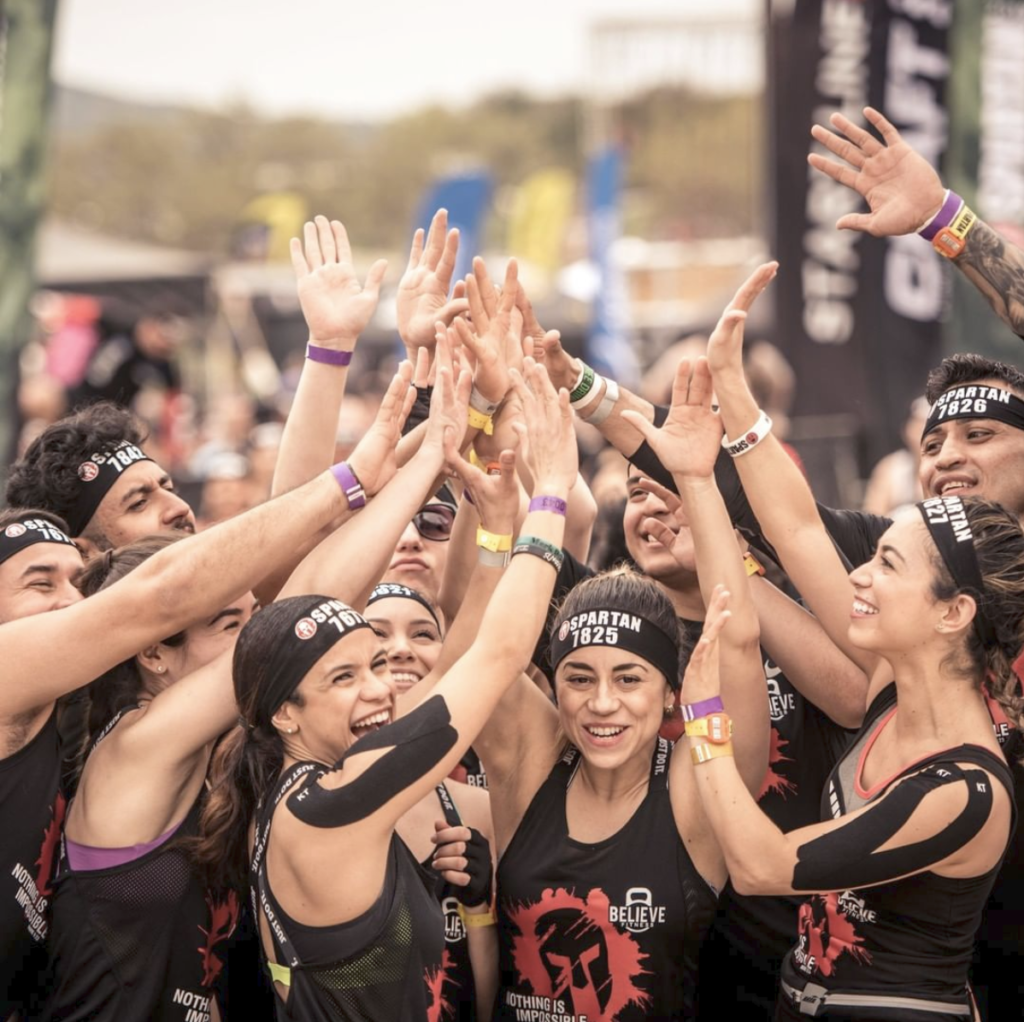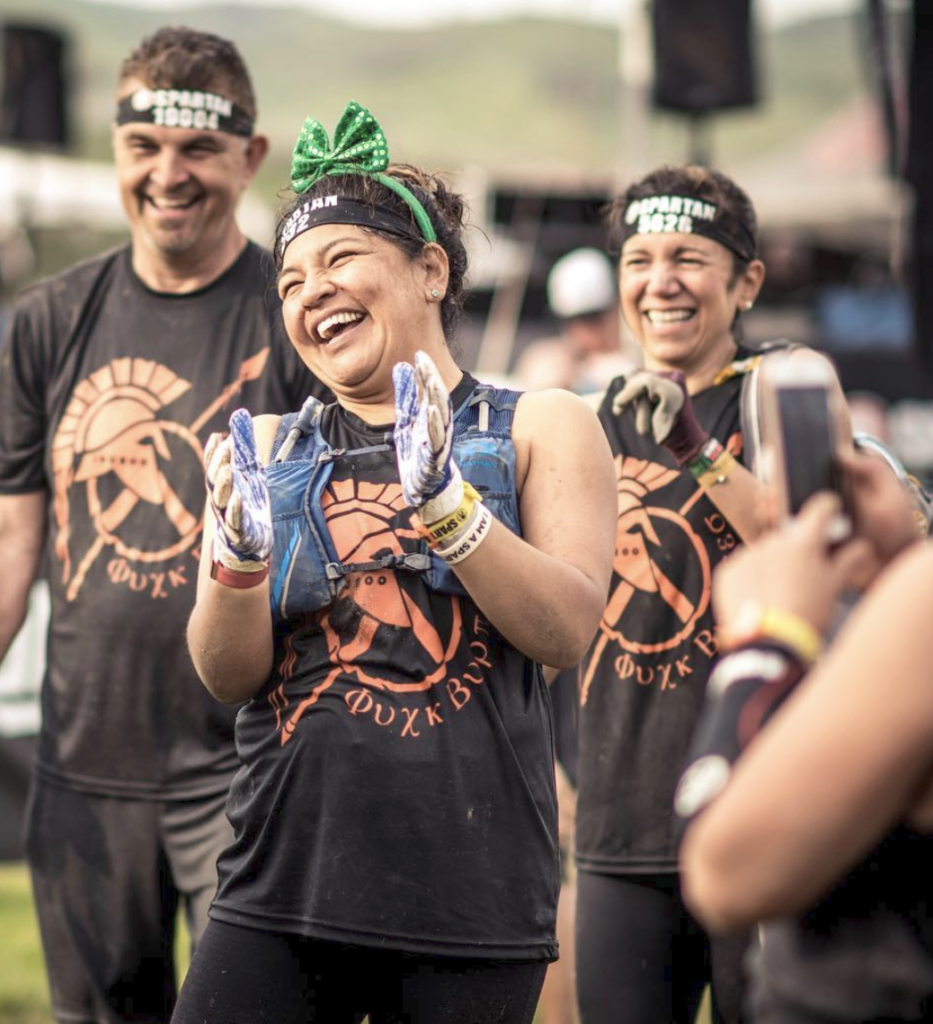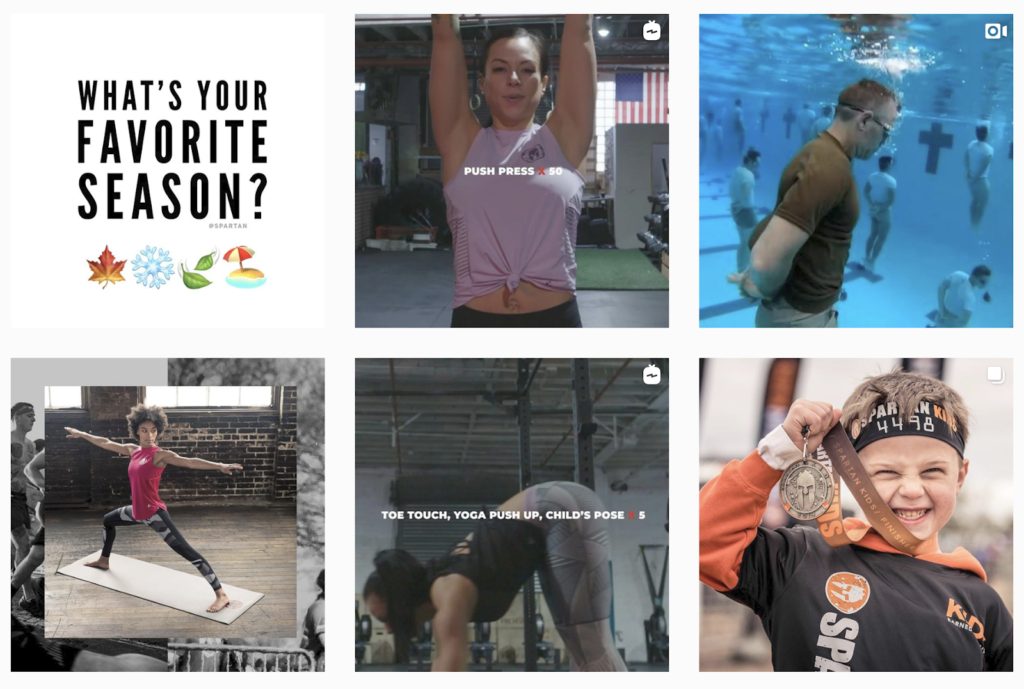How to Use Social Media to Build Your Brand’s Community
At Spartan, our highly engaged social community is a crucial extension of the brand. We use our platforms to share stories, connect, and gain insights from the passionate people that make up our global audience of over 6 million.
The adoption of social media platforms and tools continues to explode around the world. In 2019 alone, it’s estimated that global social media use will reach 2.77 billion users. And whether you personally use Instagram, Facebook, Snapchat, Twitter, or any of the other rapidly growing apps and programs, it’s largely driven by one thing — the impulse to connect.

At Spartan, we work endlessly to elevate the community experience for our global audience through technology. In addition to using our social platforms to their fullest extent, we recently teamed up with Rakuten Marketing and Viber, the calling and messaging app, with whom we are building digital communities around specific Spartan events and connecting racers at a local level.
Our attention to this kind of social media engagement is the reason why Spartan reaches over 6 million users, with a dedicated influencer community that expands even further. We are far from the only brand doing this. Peloton maintains a highly successful Facebook group that receives over 300 posts, 5,000 comments and 20,000 reactions every day; Lego leverages its social community to generate new product ideas; and Glossier developed its whole cult-like following by directly engaging its audience and asking the right questions.
It’s How We Use Social Media That Matters
Though research has linked social media to loneliness, isolation and depression, an article by Duke professors published in the journal, “Current Directions in Psychological Science,” states that it’s what we do on the platforms and how we use social media that really matters. If used in a communal way, social media can create globally connected movements. Just look at the #MeToo, #TimesUp, and #BlackLivesMatter campaigns that brought people together and ignited action. Cities, neighborhoods, and government organizations are also using social media to encourage community activation and participation.
If you reflect on the original missions of companies like Facebook, Twitter, Instagram and Viber, they all started as platforms to create and establish global connections. Today, even though sponsored posts overwhelm our news feeds and social advertising is a $50 billion business, the crux of the platforms remain the same. Hashtags help people search based on interests, mentioning someone on Twitter sparks conversations, and joining a Facebook group instantly connects you to like-minded people.

Across social media, community-building features are only continuing to grow. Usage of Facebook groups has increased by 40 percent in 2018, and LinkedIn revamped its group experience to make it more user-friendly (the company says that over half of its users are part of at least one group).
Additionally, Instagram stories are becoming an essential tool for influencers and brands to showcase personality and authenticity to their followers. According to data from Hootsuite, over 500 million Instagram stories are created every day. Brands are leveraging stories to engage with their audience by asking questions and polling their followers — gaining valuable insights to help drive success and build even stronger brand communities in fun and easy ways.
Brands Save an Annual 10-25% by Building Engaged Online Communities
While this might seem like a “warm-and-fuzzy” way to increase overall brand reach and awareness, building highly engaged online communities has a direct impact on revenue. Of brands with active online communities, 49 percent report a cost savings of 10-25 percent annually.
In an era of near-constant media inundation, consumers have grown increasingly frustrated by the irrelevant or unwanted ads and posts they have to wade through on their newsfeeds. Social media has allowed brands to access crucial information to create personalized content that consumers won’t want to scroll past or AdBlock. Additionally, companies are using their communities to create focus groups to drive research and development initiatives. This allows brands to take the guesswork out of identifying what their audience wants and helps cut unnecessary spending in launching products and services that don’t resonate.
Reviews or recommendations from fellow community members also play a big role in online conversion rates. Research shows that 85 percent of online consumers trust online reviews as much as they trust the opinions of their friends and family members. This immense impact is exactly why integrating reviews and user-generated content into online shopping experiences boosts sales by up to 166 percent.
7 Tips for Getting the Most Out of Social Media
Social media platforms like Facebook, Instagram, Twitter and Viber play a major role in our continued growth, but as before mentioned, it’s crucial you have a team prepared to manage these communities. They’ll need to be nurtured, provided quality content, and help ensure that the focus and purpose of the groups remain intact while keeping the experience healthy for all members. That said, we also understand that harnessing social media can be a daunting task. Here are our top tips that have allowed us to grow the incredible Spartan community:
1. Post consistently. Regular and consistent posting is essential to building up your audience. Due to competition for real estate on Facebook and Instagram feeds, not all of your audience members will see all of your posts, so you don’t have to worry about overwhelming your fan base by posting daily or multiple times a day. Settle on a post frequency that makes sense for you and your team, but keep it consistent.
2. Be selective about your content. Take the time to evaluate the type of content you do create and share. Facebook’s algorithm change in 2018 deemphasized marketing content and put more focus on showing users relevant content liked and shared by friends and family. Instead of posting advertisements or sales messages, focus on sharing stories, photos, and videos that your audience will connect with.

3. Create groups. Many brands have found success in creating Facebook and LinkedIn groups. Make the group targeted to specific segments of your audience and develop an internal plan for group moderation and engagement so that each group gets the love it deserves.
4. Poll your audience. Use Instagram stories and Facebook polls to gain valuable insight from your social audience, then use those insights in meaningful ways. These simple, interactive tools make users feel like they have a say in the direction of your brand. If community members see that you’re taking their feedback into account, it will generate loyalty and trust.
5. Host live-streaming events. Bring your audiences into important moments by hosting live-streaming events on Facebook and Instagram Live. This gives users the chance to ask questions and follow along, even if they aren’t physically in the same location. When we do a global livestream of Spartan races, our company generates 3-5 million impressions per event.
6. Create engaging content. If you have no content to post, your social media channels and the community interaction among your followers will fall flat. Make your audience part of the storytelling by leveraging user-generated content appropriately. Think about creating series or weekly content launches that will keep users coming back for more.
7. Respond and interact using real people. Don’t rely on bots to run your social media channels. Designate a community manager or a social specialist to respond to comments, elevate concerns, and forward important messages to appropriate parties. 78 percent of social users who complain to a brand on Twitter expect a response within an hour. Don’t slack off and let the comments and messages pile up.
8. Use your page insights to spot trends. It’s easy to get caught up in scheduling your social calendar and keeping your community engaged while taking your eye off the ball when considering how content is trending over time. This is where being very familiar with your page insights comes into play. As a brand, we focus heavily on what our data tells us as it gets released to how our content is performing, especially on the channels that we are active on. With how today’s algorithms are shaping user behavior on social media what once worked in the past may not work as well now. With that said, brands have to be versatile and willing to pivot based on what insights are showing. So become very familiar with your social analytics, spot trends, see what’s working and double down.
At the end of the day, building communities — online or otherwise — builds authenticity, which is a key driver in your customers return rate. In a 2017 Consumer Content Report, 86 percent of those polled said that authenticity was important to them. Using social media is about more than publishing a few posts or generating page views. It’s about building authority and fostering a sense of trust that will stand up against any algorithm changes or platform policy updates.
